The educational materials listed on this page are about Rangeland/Pasture Management.
There is no one specific pasture definition because of how diverse farming systems look and operate, but pasture management is a critical concern for grazing lands, especially on rangeland and open range management systems. So, what is rangeland? Rangeland management includes the health, riparian area condition, fisheries habitat, water quality, and threatened and endangered species within the system being managed. This is one reason why the definition of pasture or the rangeland definition may be complex and diverse. Cattle may heavily graze areas with gentle terrain near water instead of rugged terrain or areas far from water, thus making rangeland ecology and management critical. The key to resolving such problems is to critically think about pasture management systems and to implement practices that protect rangeland ecology. This is one suggestion for what can be done to sustain the productivity of rangeland and improve rangeland pasture management. Key practices include holistic management, grazing management, rotational grazing, stocking rate, rangeland pasture management, range improvement, pasture renovation, watering systems.
The Rangeland Management Strategies bulletin provides information regarding multi-species grazing and winter grazing, and offers advice to manage forage and vegetation, and protect riparian areas on farms. Diversifying Cropping Systems is a bulletin that can be useful in identifying practices that enhance diversity on farms, thus improving rangeland pasture management. Smart Water Use on your Farm or Ranch can be used to better understand the role of water in a farm system and in pasture management or riparian protection. SARE’s book Building Soils for Better Crops provides examples of soil management practices to improve pasture resiliency in grazing systems.
Showing 1-10 of 13 results
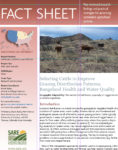
Selecting Cattle to Improve Grazing Distribution Patterns, Rangeland Health and Water Quality
This project is the first and only study that we are aware of that has evaluated whether grazing distribution has the potential to be improved through intensive breed selection. Most of the management approaches currently used to increase grazing uniformity, such as water developments and fencing, can resolve livestock grazing distribution problems on both private and public lands. However, these practices usually require large capital expenditures.
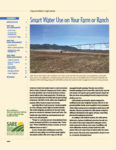
Smart Water Use on Your Farm or Ranch
As producers throughout the nation grow increasingly concerned about water scarcity, farmers, ranchers and agricultural educators are beginning to explore new, conservation-oriented approaches to water use.
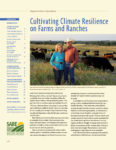
Cultivating Climate Resilience on Farms and Ranches
This bulletin outlines the new challenges that changing weather patterns pose in agriculture throughout the United States, and what you can do to make your farm more resilient.

The Power of Data: Improving the Management of Rangeland Ecosystems
California's rangelands face a wide range of challenges, from invasive species and pests to flooding and drought. Much of the knowledge of how to manage rangelands effectively resides in the personal experience of land managers. To capitalize on this collective wisdom, University of California Davis researchers partnered with ranchers around the region to compile a database of site-specific management information that can help everybody take better care of the land.

The Small Ruminant Toolbox
This Small Ruminant Toolbox is a large collection of publications, presentations and other resources that will be helpful to small ruminant producers and educators.
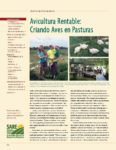
Avicultura Rentable
Avicultura Rentable: Criando Aves en Pasturas es una guía que incluye experiencias de agricultores y lo último en investigación para criar pollos y pavos usando corrales, cercos portátiles y pasturas.
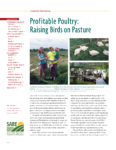
Profitable Poultry
Profitable Poultry: Raising Birds on Pasture features farmer experiences plus the latest research in a guide to raising chickens and turkeys using pens, movable fencing and pastures.
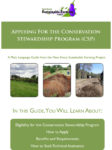
Applying for the Conservation Stewardship Program (CSP)
This plain language guide discusses eligibility and the application process for the USDA-NRCS Conservation Stewardship Program (CSP).
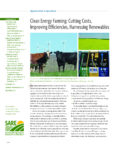
Clean Energy Farming
Clean Energy Farming: Cutting Costs, Improving Efficiencies, Harnessing Renewables features innovative SARE-funded research and examples of farmers who are improving energy efficiency while saving money, implementing farming practices that both save energy and protect natural resources, and producing and using renewable fuels.
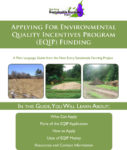
Applying for Environmental Quality Incentives Program (EQIP)
This plain language guide introduces readers to the USDA-NRCS Environmental Quality Incentives Program (EQIP), and explains eligibility for EQIP, how to apply and how the money can be used.